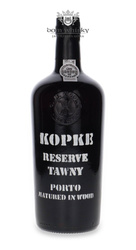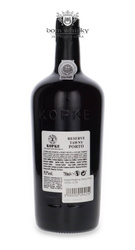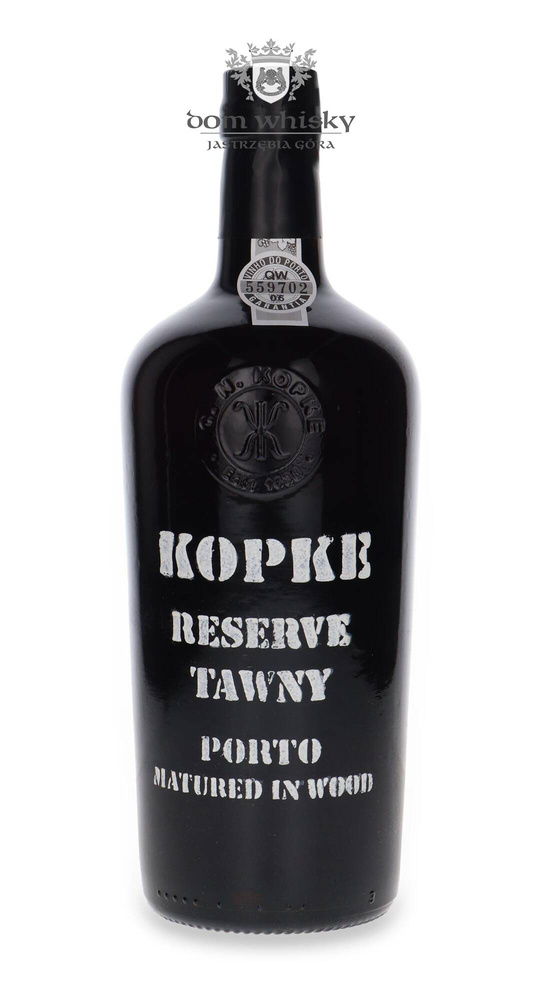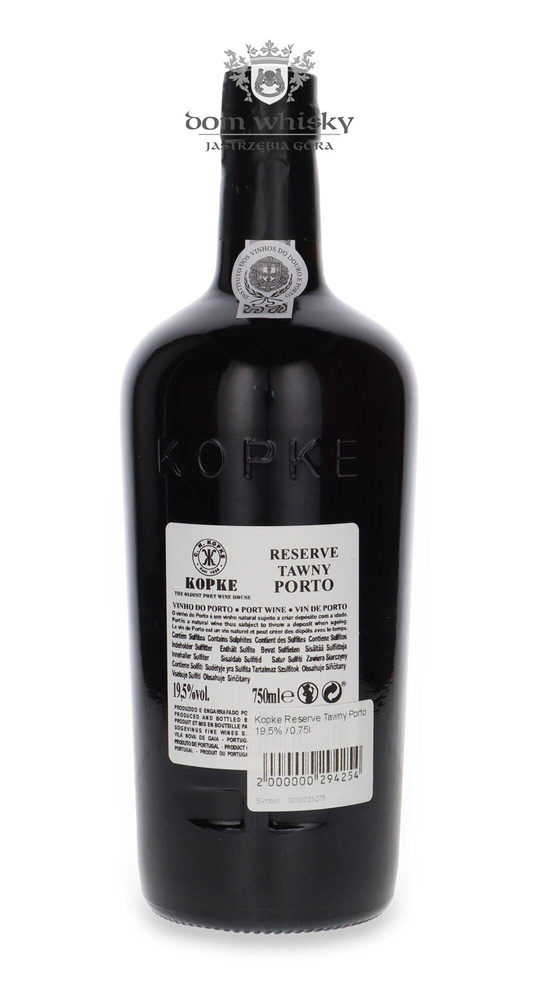Kopke Reserve Tawny Porto / 19.5% / 0.75l
- It has a beautiful brown color with a gold accent on the edge. In the nose it is very complex and intense, very clearly presents notes of dried fruits with vanilla accents. On the palate quite balanced, but also strong, round and smooth (...)
Product description
The origins of the brand date back to 1636, when Nicolau Kopkë settled in Portugal as Consul General of the Hansa. Two years later, the first bottles of wine hit the market. The next important step was the purchase of an estate in 1781 and the beginning of its own production, without relying on supplies from external winegrowers as before. Over the years, port became the main focus of the company and emphasis was placed on the development of this category of wine. An important moment came in 1828, when during the civil war, the great-grandson of the founder, Cristiano Nicolau Kopkë, sided with the Liberal Party, thus uniting the family and the company, establishing values that accompany it to this day.
In 1922, the company took over Quinta de São Luiz and moved all of its DOC Douro wine production there. To this day, Kopke wines enjoy unwavering recognition around the world, because despite many innovations introduced in production over the decades, the company still relies on its heritage and tradition. It is worth adding that Kopke is the oldest port house.
The grapes used for production were hand-picked, destemmed and gently pressed. Maceration on the skins allows for the extraction of all the best features, and the continuous beating during fermentation at a controlled temperature enhances the flavors and aromas. Here, wines matured for different periods of time, but no less than 7 years, have been compiled. It has a beautiful, brown color with a golden accent on the edge. On the nose, it is very complex and intense, very clearly presenting notes of dried fruit with a vanilla accent. On the palate, quite balanced, but also strong, round and smooth, it develops well towards dried figs with an accent of notes appearing through aging in oak wood. The finish is surprising and quite subtle, although long and harmonious.
It tastes best when served at a temperature of 12-14 degrees. It is worth sticking to this temperature, because then you can discover the finesse and complexity of the wine in the right way. In culinary combinations, it is worth focusing on desserts with a lighter characteristic, combinations of pears, honey and almonds.




